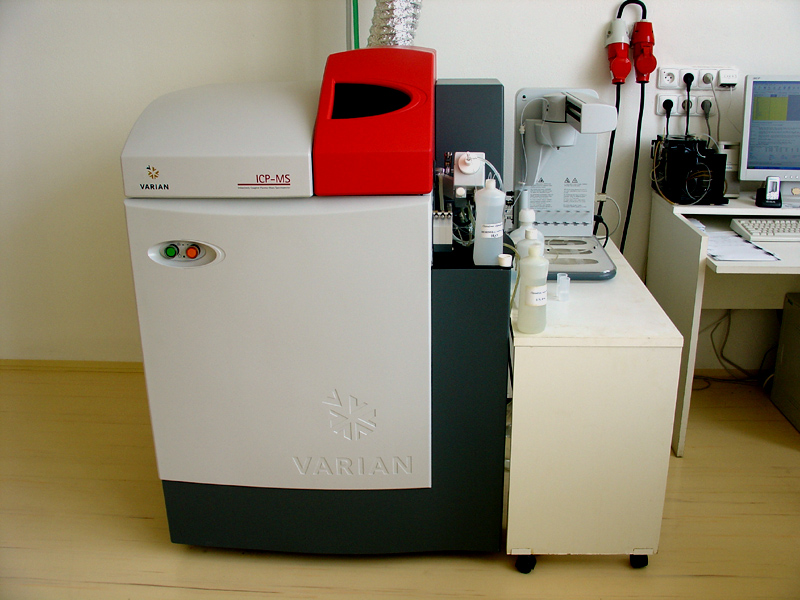 |
| べくれるねがさんのオリジナルサイトはこちら |
試料 名 Sample:
手付かずの屋根の堆積物
Undisturbed Roof Debris
採取 場所 Origin:
Vancouver, BC, Canada
採取年月 Sampling date:
2014年7月 July 2014
測定日時 Date Tested :
2014 年8月 August 2014)
測定時間 Duration :
200.000 秒(seconds)
検査機器 Detector:Ge Detector
試料重量 Sample weight: 1411 gms original, 1040 gms air/sun dried
K40 41.1 +-1.92 Bq/kg (dehydrated)
Be7 183.26 +- 1.8733 Bq/kg (dehydrated)





































